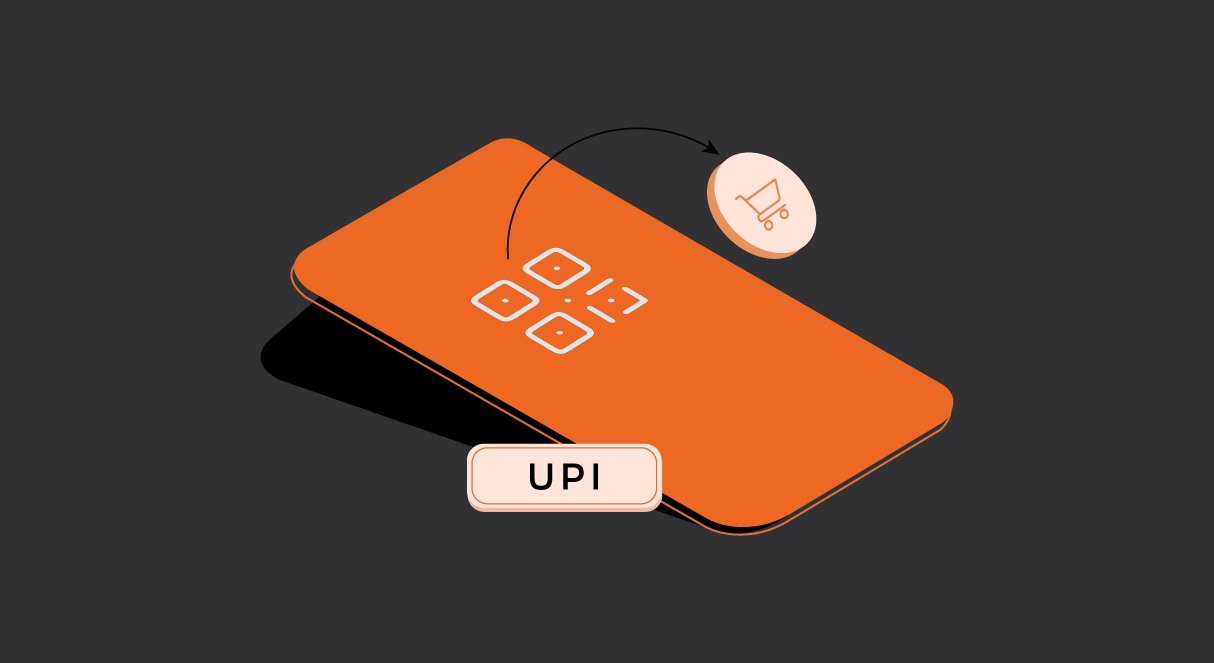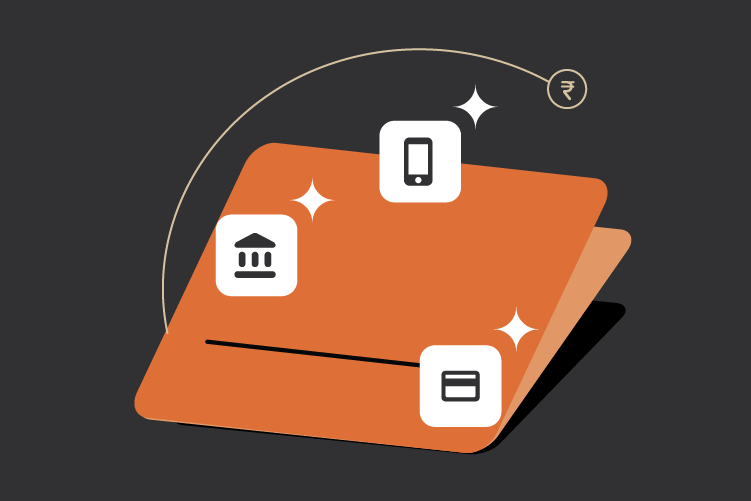In today’s competitive environment, firms seek to increase their growth opportunities, improve their client experience, reduce costs and enhance operational efficiency.
To solve this common problem and get moving faster, APIs (Application Programming interface) have opened new opportunities in the fintech industry to offer innovative Banking and Financial solutions for companies to integrate financial functions within existing operations seamlessly.
APIs are open communication channels between programs and, in doing so, enable digital transformation without a complete overhaul of legacy infrastructure. They facilitate the smooth implementation of product development throughout the industry. This is one of the key benefits we’re seeing from APIs today, But before we discuss how APIs influence the banking & financial service industry, let’s dive in a little deeper to understand what API Economy is.
What is the API economy?
API economy refers to the exchange of value between consumers and providers with the help of APIs. In other words, it denotes how APIs help achieve positive profitability for businesses. To accomplish so, companies can use APIs to create new avenues by transforming existing products or services. APIs have killed the wait time that goes into building products or services from scratch.
APIs have been here for decades. But you may wonder, why suddenly there is a growing interest in APIs?
The primary reason for this increased interest is the stellar growth in Cloud Computing. The advancements and adoption of cloud computing have empowered companies to quickly and easily integrate APIs into their products and services.
Since the past decade, the innovative power of APIs has led to the realisation that APIs can be a critical component of enterprise solutions. It can have an impact on your business’s bottom line, growth, & innovation.
Let’s understand APIs with a couple of examples.
Take an example of a cab aggregator app like Ola or Uber. These apps have disrupted the entire transportation industry without even creating the large part of underlying technology powering these apps, Google Maps.
They have enabled customers to book a cab with ease in just a few smartphone taps without having to build its mapping system by simply combining Google Maps APIs with their proprietary product.

Now let’s understand how APIs help multinational Fast food providers like McDonald’s (McD).
When you crave a McD burger these days, you have a few options to order it. Rather than visiting the nearest outlet, you can either order on the McD App or order on a food delivery app like Swiggy or Zomato.

If you think about it from McDonald’s perspective, the most cost-effective and easily scalable option would be you ordering the burger via a food delivery app. It will save them the real-estate costs, customer acquisition costs, and operational & delivery costs by partnering with the food delivery apps for the delivery service.
However, the only downside is that McD might have to share a part of their revenue with the food delivery app.
All credits go to the APIs at work. These programming interfaces help tech companies like Uber or Zomato to work together with millions of businesses to create more revenue than either of them could get if done independently.
How does APIs power FinTech?

“With lower investment, APIs help you get the product stickiness that you would’ve achieved otherwise, by investing millions of dollars”, says Martha Van Berkel, CEO, Schema App. On that note, let’s understand how APIs are powering a new revolution in Fintech.
Banking transformation is driven by APIs these days. Rather than reinventing the wheel, the use of Open APIs has enabled 3rd party organisations and developers (fintech service providers) to build apps and services around the financial institution’s (banks) existing architecture. The focus in today’s agile environment is on providing solutions directly to consumers through innovation and better user experience.
Earlier, traditional banking infrastructure used to be a closed ecosystem. Banks only provided standard banking products like current or savings accounts, loans, credit cards, recurring deposits, fixed deposits, forex cards, etc. Later, even banks started to adopt an app strategy to access banking services via websites or apps.
But now, the API-driven economy has transitioned traditional banks from just being financial products builders to financial solutions orchestrators. They’ve adapted to a customer-centric world by modernising the core banking systems and fintech organisations.
APIs have enabled banks to become data-driven institutions that provide a broader range of products directly to customers from the platform of their choice rather than restricting it to them. To their customers. APIs have tied the banks and fintech companies together by allowing banks to exchange data with API Banking Service Providers.
In this way, fintech companies can support their existing products and develop modern solutions on traditional banking infrastructure. These products and solutions can be seamlessly integrated with other organisations using APIs.
Banking and Financial APIs can help organisations to gain benefits like:
- Improved Customer experience,
- Make Continuous innovation,
- Launch products to market faster.
- Realise new revenue opportunities more quickly.
- And many more with less cost!
With a deep understanding of the needs and challenges of customers, the industry can set the proper guidelines for managing risk and customising services.
#StartWithZwitch
APIs play different roles in our daily walk of life, from behind the scenes of booking flight tickets to using various mobile applications or signing into a website using Google or Facebook authentication and many more.
APIs have enabled consumers to make payments on their favourite e-commerce or complete Digital KYC with third-party authentication software.
APIs have also made it easy for consumers to invest in mutual funds and stocks via API interfaces from their bank-of-choice or to get loans sanctioned within minutes in real-time.
Zwitch.io helps businesses build their banking services by embedding financial products (e.g. UPI, insurance, credit line, payments, cards, bank accounts, compliance, investment and payroll) in their user journey.
Transforming into the embedded finance model enables these businesses to give a wide range of banking options to their customers, making the product stickier. Hence, customers interact a lot more with the product and end up doing banking activities through it. It will help businesses earn more than just the platform fee from their customers.
With Zwitch APIs, businesses can:
- Open virtual accounts, current accounts or saving accounts for their customers on the go,
- Collect payments from customers seamlessly via UPI, NEFT, IMPS or RTGS,
- Reconcile the incoming payments from multiple customers,
- Validate KYC (PAN, Aadhar card) data and bank account details of a customer instantly,
- and much more.

How does the future look like?
The ultimate goal of the API economy in financial services is to meet business challenges. It facilitates the creation of user-focused apps that support line-of-business goals and improve the flow of data and information across operations.
The emergence of the API-driven platform economy will drive significant change across the financial services industry – and no one can afford to stand still. APIs will become tools that will allow fintech companies to enable connectivity between traditional banks and the consumers while inspiring innovative developers to create new products, improve existing services, and work more efficiently. So go ahead & explore Zwitch APIs to embed banking services into your business now.




0 Comments